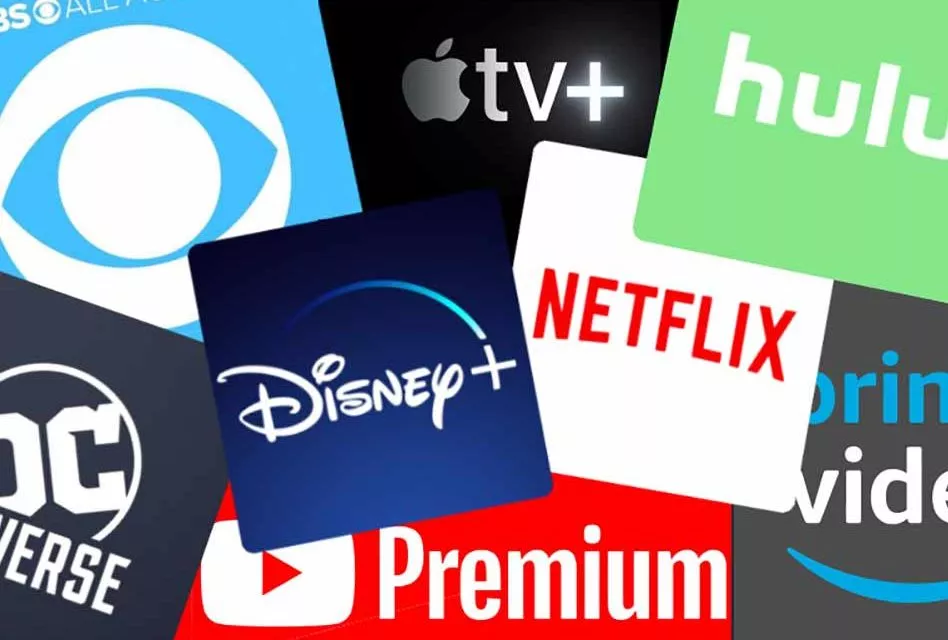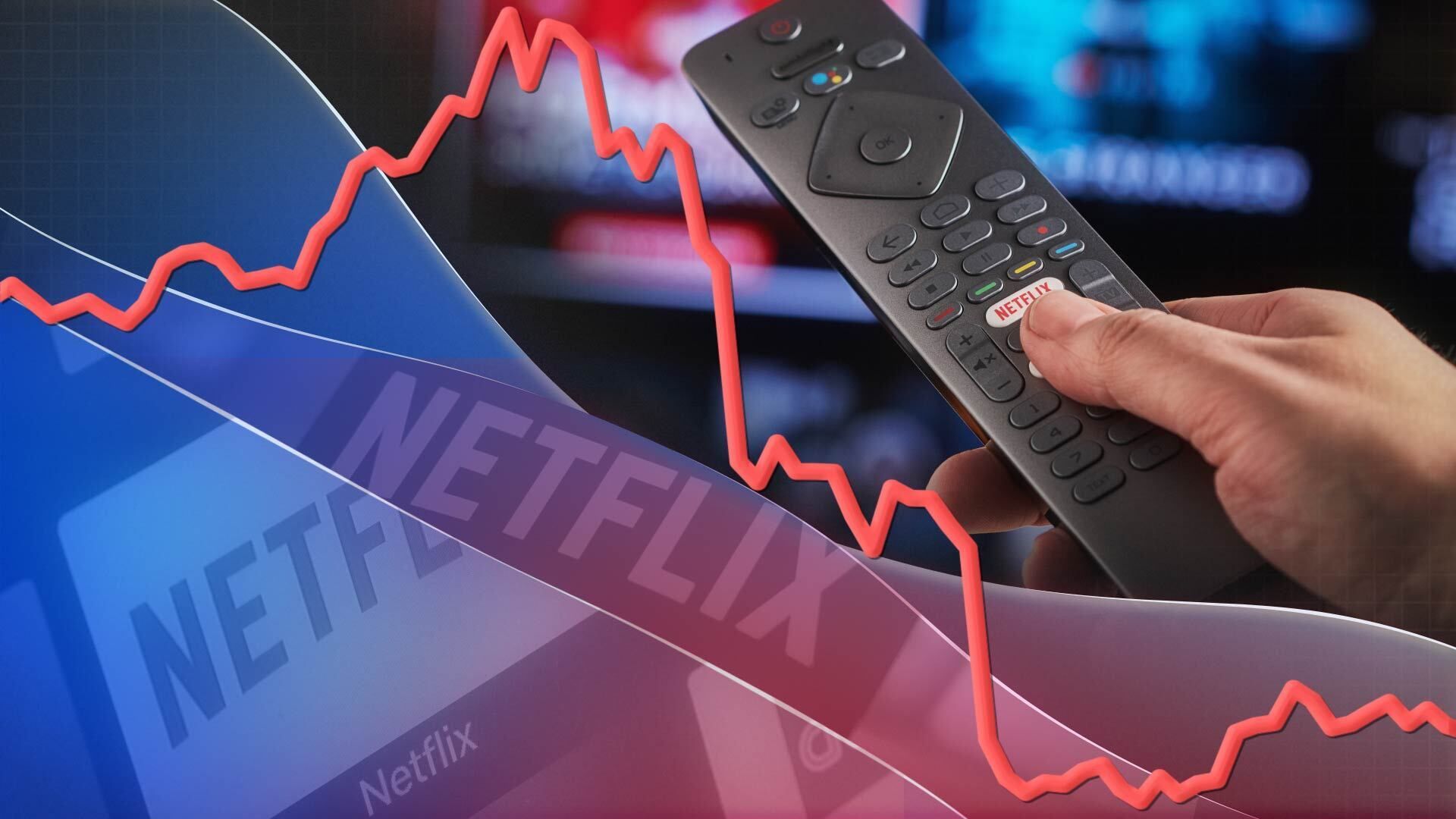Major streaming services have recently seen a significant decline in subscribers – we’re talking over one million for Netflix alone, with Disney+ also at risk. Then Nielsen recently came out with a monthly report that highlighted how streaming services were beating cable TV in the number of viewers for the first time – with Netflix, Hulu, YouTube, and Amazon in the leading slots. The good news for streaming providers is that consumers are on board with how they deliver content, especially when they can save a few bucks with free ad-supported streaming TV (FAST) and ad-supported video-on-demand (AVOD). However, despite these free or low-cost ad-supported content options, streaming services are still struggling to gain and retain subscribers.

Consumers are not only fickle and get bored easily; they also want easy and affordable access to whatever they want to watch, whenever they want to watch it. But this is just part of a bigger challenge for streaming providers. Simply introducing a new, low-cost subscription tier won’t cut it. Streaming providers have to (re)assess other variables that impact viewing experiences, which are often right under their noses.
There are three reasons why streaming services struggle to keep subscribers:
1) Ad-supported experiences are disruptive. Studies have shown that consumers are willing to watch an advertisement if they gain something from it, which presents an opportunity for streaming services. Once streaming services start tracking, tagging, and utilizing metadata to the fullest, they can perfect these engagements to create seamless ad experiences. The key is to insert ads in a non-disruptive way, keeping viewers engaged while ensuring advertisers are targeting the right audiences and seeing the ROI from their ad spend.
2) Content libraries only focus on a handful of (popular) titles The one thing most streaming services have in common is a massive amount of content. But that doesn’t mean they’re using all of it. Streaming providers strive to serve up the latest, greatest and most popular content, which usually overlooks lesser known or less popular titles. This puts them at a disadvantage, as they’re not indexing every title to become part of the recommendation process – it needs to be less about popularity and more about serving up the right kind of content.
3) Understanding emotions isn’t a strong suit (yet) While technology has come a long way, content providers still struggle with tapping into consumer emotions and moods to facilitate a better discovery process. While nobody has really done a good job so far of analyzing and tapping into these emotional aspects, it is without a doubt one of the next innovations that will differentiate platforms and hook consumers. In the meantime, we’re just starting to see how things like FAST and AVOD content are influencing consumers, differentiating streaming services and helping retain subscribers.
Streaming providers may not have a complete understanding of viewer behaviors or moods just yet, but if they take a step back they’ll see there are other factors within their control – namely, the type, timing, and frequency of ads – that can be improved upon. If I’m watching a Marvel movie on Disney+ and an ad for the new “Wakanda Forever” movie pops up, that makes complete sense. But inserting that ad in the middle of a scene would be disruptive, so it needs to be timed to happen between scenes. That is why we developed Contextual Ad Breaks. Also, just because the ad is relevant doesn’t mean I want to see it a dozen times. There should be a frequency cap to ensure viewers don’t get annoyed. All of these factors combined are critical to shaping the overall experience. Perfecting these ad-supported viewing experiences with a more thoughtful approach to the timing, frequency and relevancy of each ad will help determine the winner, or winners, of the streaming subscriber’s war.




